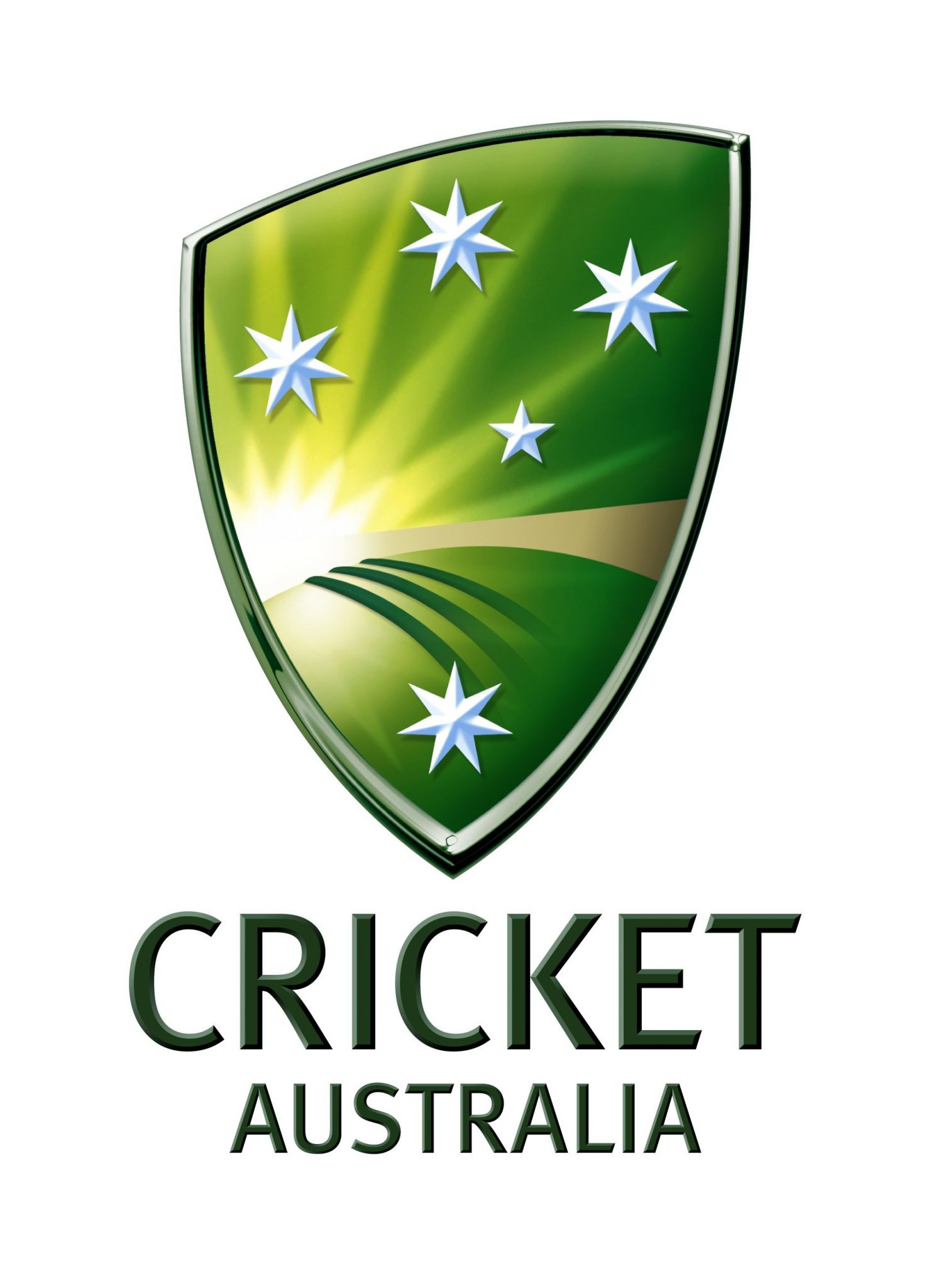
Deutsch-Chinesische Enzyklopädie, 德汉百科
 澳大利亚
澳大利亚
 *英国政治
*英国政治
 安提瓜和巴布达
安提瓜和巴布达
 澳大利亚
澳大利亚
 巴哈马
巴哈马
 孟加拉国
孟加拉国
 巴巴多斯
巴巴多斯
 伯利兹
伯利兹
 博茨瓦纳
博茨瓦纳
 文莱
文莱
 英联邦国家
英联邦国家
 多米尼克
多米尼克
 加纳
加纳
 格林纳达
格林纳达
 圭亚那
圭亚那
 印度
印度
 牙买加
牙买加
 喀麦隆
喀麦隆
 加拿大
加拿大
 肯尼亚
肯尼亚
 基里巴斯
基里巴斯
 莱索托
莱索托
 马拉维
马拉维
 马来西亚
马来西亚
 马尔代夫
马尔代夫
 马耳他
马耳他
 莫桑比克
莫桑比克
 纳米比亚
纳米比亚
 瑙鲁
瑙鲁
 新西兰
新西兰
 尼日利亚
尼日利亚
 巴基斯坦
巴基斯坦
 巴布亚新几内亚
巴布亚新几内亚
 所罗门群岛
所罗门群岛
 赞比亚
赞比亚
 萨摩亚
萨摩亚
 塞舌尔
塞舌尔
 塞拉利昂
塞拉利昂
 新加坡
新加坡
 斯里兰卡
斯里兰卡
 圣基茨和尼维斯
圣基茨和尼维斯
 圣文森特和格林纳丁斯
圣文森特和格林纳丁斯
 南非
南非
 斯威士兰
斯威士兰
 坦桑尼亚
坦桑尼亚
 汤加
汤加
 特立尼达和多巴哥
特立尼达和多巴哥
 图瓦卢
图瓦卢
 乌干达
乌干达
 瓦努阿图
瓦努阿图
 英国
英国

 重要的国际组织
重要的国际组织
 塞浦路斯
塞浦路斯
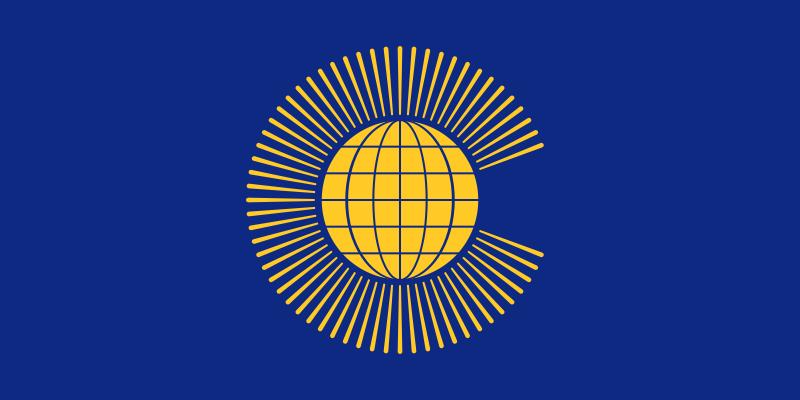
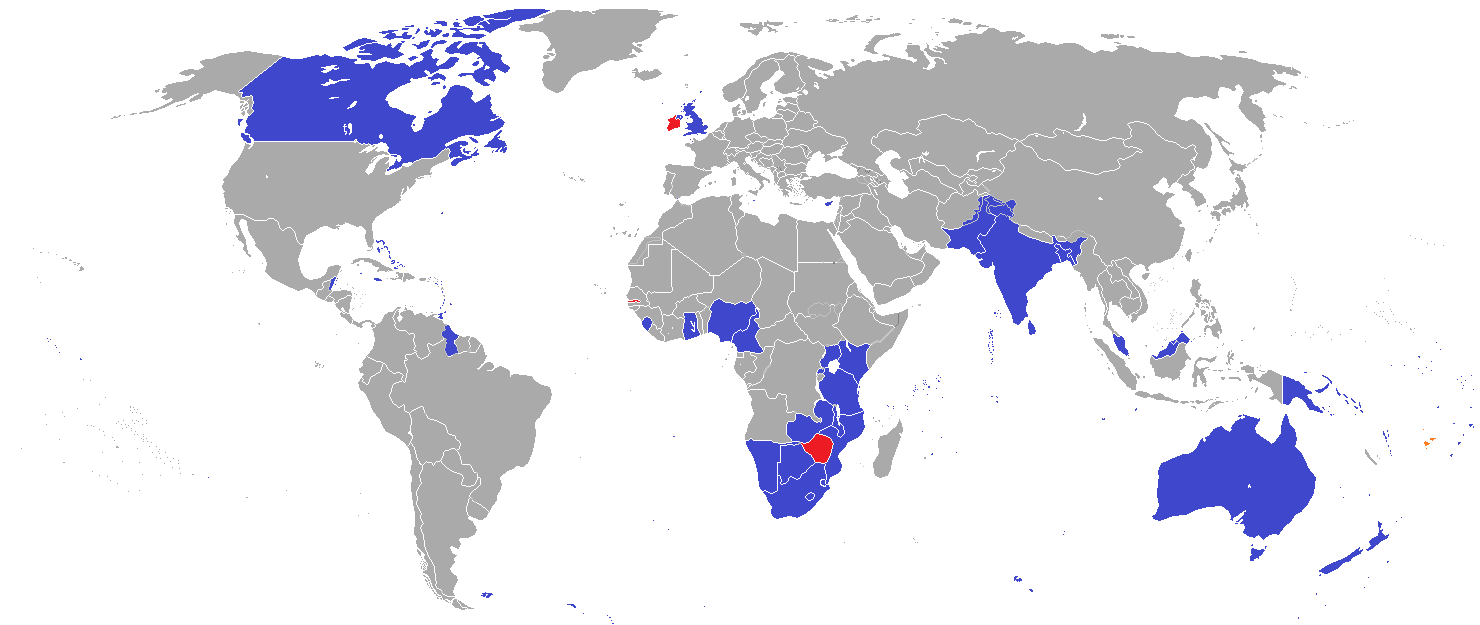
英联邦(英语:Commonwealth of Nations,新马作共和联邦,台湾作大英国协),是一个现代的国际组织,由56个英语系的主权国家联合而成。
英联邦不是一个统一的联邦国家,而是一个国际组织,英联邦也无权约束旗下任何成员国内政。英联邦元首通常由英国君主兼任,其首任元首是乔治六世,现任是查尔斯三世,但元首并无实权,秘书长才是英联邦实际上的掌权者[4][5]。该组织的成员国基本由英国及其旧殖民地组成,也以英式英语为共通语言,但英国的地位并没有凌驾于他国之上,所有成员国一律平等。目前英联邦有56个成员国,其中15个属于英联邦王国,英联邦王国的国家元首、英联邦元首均和英国的一致,即现在的查尔斯三世;另外5个属于独立君主国,它们不以英国君主为自己的元首,而是自立君主,这五国是文莱、斯威士兰、莱索托、马来西亚、汤加;其余的36个均属于共和国,没有君主。
The Commonwealth of Nations, generally known simply as the Commonwealth,[3] is a political association of 53 member states, nearly all of them former territories of the British Empire.[4] The chief institutions of the organisation are the Commonwealth Secretariat, which focuses on intergovernmental aspects, and the Commonwealth Foundation, which focuses on non-governmental relations between member states.[5]
The Commonwealth dates back to the first half of the 20th century with the decolonisation of the British Empire through increased self-governance of its territories. It was originally created as the British Commonwealth of Nations[6] through the Balfour Declaration at the 1926 Imperial Conference, and formalised by the United Kingdom through the Statute of Westminster in 1931. The current Commonwealth of Nations was formally constituted by the London Declaration in 1949, which modernised the community and established the member states as "free and equal".[7]
The human symbol of this free association is the Head of the Commonwealth, currently Queen Elizabeth II, and the 2018 Commonwealth Heads of Government Meeting appointed Charles, Prince of Wales to be her designated successor, although the position is not technically hereditary. The Queen is the head of state of 16 member states, known as the Commonwealth realms, while 32 other members are republics and five others have different monarchs.
Member states have no legal obligations to one another, but are connected through their use of the English language and historical ties. Their stated shared values of democracy, human rights and the rule of law are enshrined in the Commonwealth Charter[8] and promoted by the quadrennial Commonwealth Games.
The countries of the Commonwealth cover more than 29,958,050 km2 (11,566,870 sq mi), equivalent to 20% of the world's land area, and span all six inhabited continents.
Le Commonwealth ou Commonwealth of Nations (littéralement, la « Communauté des Nations ») est une organisation intergouvernementale composée de 53 États membres qui sont presque tous d'anciens territoires de l'Empire britannique.
Le Commonwealth a émergé au milieu du XXe siècle pendant le processus de décolonisation. Il est formellement constitué par la Déclaration de Londres de 1949 qui fait des États membres des partenaires « libres et égaux ». Le symbole de cette libre association est la reine Élisabeth II qui est chef du Commonwealth. La reine est également le chef d'État monarchique des 16 royaumes du Commonwealth. Les autres États membres sont 32 républiques et cinq monarchies dont le monarque est différent.
Les États membres n'ont aucune obligation les uns envers les autres. Ils sont réunis par la langue, l'histoire et la culture et des valeurs décrites dans la Charte du Commonwealth telles que la démocratie, les droits humains et l'état de droit.
Les États du Commonwealth couvrent 29 958 050 km2 de territoire sur les cinq continents habités. Sa population est estimée à 2,328 milliards d'habitants.
Il Commonwealth delle Nazioni o Commonwealth (acronimo CN) è un'organizzazione intergovernativa di 53 Stati membri indipendenti, tutti accomunati, eccetto il Mozambico e il Ruanda, da un passato storico di appartenenza all'Impero britannico, del quale il Commonwealth è una sorta di sviluppo su base volontaria. La popolazione complessiva degli stati che vi aderiscono è di oltre due miliardi di persone. La parola Commonwealth deriva dall'unione di common (comune) e wealth (benessere), cioè benessere comune.
In passato fu noto anche come Commonwealth britannico, benché tale definizione esistette formalmente solo dalla fondazione nel 1926 fino al 1948.
La Mancomunidad de Naciones (en inglés: Commonwealth of Nations)?, antiguamente Mancomunidad Británica de Naciones (British Commonwealth of Nations), es una organización compuesta por 53 países soberanos independientes y semi independientes que, con la excepción de Mozambique y Ruanda,1 comparten lazos históricos con el Reino Unido. Su principal objetivo es la cooperación internacional en el ámbito político y económico, y desde 1950 la pertenencia a ella no implica sumisión alguna a la Corona británica, aunque se respeta la figura de la reina del Reino Unido. Con el ingreso de Mozambique, la organización ha favorecido el término Mancomunidad de Naciones para subrayar su carácter internacionalista. Sin embargo, el adjetivo británico se sigue utilizando con frecuencia para diferenciarla de otras mancomunidades existentes a nivel internacional.
La reina Isabel II del Reino Unido es la cabeza de la organización, según los principios de la Mancomunidad, «símbolo de la libre asociación de sus miembros».
Содру́жество на́ций (англ. Commonwealth of Nations, до 1946 года — Британское Содружество наций — англ. British Commonwealth of Nations), кратко именуемое просто Содружество (англ. The Commonwealth) — добровольное объединение суверенных государств, в которое входят Великобритания и почти все её бывшие доминионы, колонии и протектораты. Членами Содружества также являются Мозамбик, Руанда, Намибия и Камерун[2].


澳大利亚联邦(英语:Commonwealth of Australia[7]),通称澳大利亚(Australia[8][9],缩写为 AU、AUS),中文环境下(尤其是台湾、香港、澳门、广东省部分地区等地)常使用“澳洲”代替“澳大利亚”(狭义),是一个位于南半球中北部、东半球东部的议会制君主立宪制国家。全国整体属于大洋洲,是大洋洲面积最大、南半球面积第二大和全球面积第六大的国家。澳大利亚国土囊括了整块澳大利亚大陆、塔斯马尼亚岛及圣诞岛等数个海外岛屿,国土总面积7,692,024平方公里(km²),和美国本土的面积相近。根据2019年的普查数据,全国人口约为2522万,居世界第54位。该国没有陆上邻国,所有近邻国家均与其隔海相望。其中东南部有新西兰;东北部有巴布亚新几内亚及瓦努阿图、斐济等太平洋岛国;北部及西北部是印度尼西亚、东帝汶等国。澳大利亚的首都为堪培拉,最大城市为悉尼,本土划分为六个州及两个领地。主要城市有墨尔本、珀斯及布里斯班等。经济社会发展上,属于发达国家和资本主义国家。国内发行与流通的货币为澳大利亚元(Australian Dollar, 简写为AUD),是全球第五大流通货币。
澳大利亚大陆在远古时期即有人类居住生活,但其直至17世纪的大航海时代才被发现从而与外部人类社会接轨。18世纪末期始成为英国殖民及囚犯流放的地点,后因发现珍贵矿藏而成为移民、投资兴业的热点。获益于地理位置较为孤立的特点,澳大利亚自被殖民以来几未受到国际战争波及,内部也鲜有战乱、冲突的发生。仅北部城市达尔文曾受到第二次世界大战的战事影响(但在两次世界大战及朝鲜战争等战役期间,均有澳大利亚籍士兵远赴欧洲、朝鲜半岛等主要战场支援英国、联合国等国家及组织的军事行动)。
在自身资源禀赋、欧洲成熟的近现代工农业文明植入和英国带来的良好商业法规共同组成的良性发展环境下,自19世纪中后期始,澳大利亚逐步被建设发展成为了自由民主程度、社会经济发展程度与国民生活质素均属世界前列的发达国家。然而澳大利亚大陆上的原住民(Aborigines)却因此在一些方面深受其害(包括“失窃的一代”等事件),事后澳大利亚政府曾为此致歉,并逐渐努力改善和保障原住民的生存发展条件和各项权益,情况至今已大有改观。
澳大利亚的独立运动与进程始自1901年,原有的六块英属殖民地(即现在的州份)组成了澳大利亚联邦,从此澳大利亚开始逐渐脱离英国并独立行使作为国家的主权,直至1986年通过法令完全脱离英国正式成为独立国家。唯君主立宪制未曾变动,至今仍尊英国女王为君主。
从地理角度来看,澳大利亚是世界上唯一一个国土覆盖整块大陆的国家。国际相关地理标准将澳大利亚大陆确定为全球最小的大陆,即凡是面积小于其的陆地均视为岛屿(因此世界上最大的岛屿为格陵兰岛),大于等于其的方可视为大陆。[10]同样获益于相对孤立的地理位置及较晚被发现垦荒开发的历史,澳大利亚当地为数众多的自然遗产鲜少遭遇各种开发及毁坏,使不少生于斯产于斯的古老珍贵动植物种得以存活至今。如鸭嘴兽、袋鼠还有树袋熊等,这些也构成了极高的游览观光及科学研究价值,澳大利亚政府亦非常重视对这些珍贵自然遗存的保护。澳大利亚和美国是并列拥有世界自然遗产最多的国家[11]
该国地广人稀,平均人均拥有国土面积0.353平方公里,是世界人口密度最低的国家之一。全国人口集中分布于东部沿海、各州、领地首府城市及西部沿海城市珀斯附近等地区。在人口集中聚居的地区城市化、现代化程度较高;人口稀疏却占据绝大多数面积的地区(如中西部的沙漠、旱热区)等则反之,因其极端自然条件不甚适宜人类生存[12]。澳大利亚辽阔的国土横跨经纬度范围巨大,所以其有着不同气候下多样的自然景观,包括热带雨林、别称为“红色中心”的大维多利亚沙漠、吸引很多旅客的海滨及驰名遐迩的自然遗产大堡礁及乌鲁汝(艾尔斯巨石)[13][14][15]。
在人口的组成及文化谱系上,与美国类似,作为殖民地的历史使澳大利亚成为了一个本地原住民、各种族与各国籍移民人口混居的国家。各类移民及其后裔在现今人口比例中占绝大多数,其中又以欧洲裔为多,占到了83%。来自欧洲以外的其他地区移民和原住民目前占到总人口的17%。也因此该国是一个多元文化的聚合体,可览多国语言、习俗及特产于一域。但根本性的政治、经济、流行文化、教育等元素与架构仍与其曾经的宗主国英国相近甚至趋同,英语亦为其官方行政及民众生活中最主要的流通语言。在国旗的左上角也至今保留有整幅的英国国旗图案。
经济上,矿产资源开发、畜牧业、乳畜业、旅游观光以及中高等教育业等是该国获得收入的支柱产业,素有“骑在羊背上”与“坐在矿车上”的国家之称。澳大利亚是全球第13大经济体,人均国民生产总值排名世界第9,并被瑞士信贷集团列为世界财富中值最高的国家[16]。澳大利亚的军事支出排名世界第13。澳大利亚人类发展指数高居世界第2,并在多项指数与排名例如生活质素、健康医疗、教育、社会福利、经济自由度、媒体言论自由度、公民政治权利之保障与延伸中名列前茅,因而成为世界上的移民及留学热点之一,特别是吸引许多邻近的东亚及东南亚国家人口。澳大利亚被《福布斯》列于2020年退休宜居国的名单中[17]。
国际事务方面,澳大利亚是联合国、20国集团、英联邦、太平洋安全保障条约、经济合作与发展组织、亚太经合组织及太平洋岛国论坛的成员,参与程度积极。因地理位置与亚洲东部及南部相近,其与新西兰和东亚特别是中国的经济、文化关联相对其它西方发达国家要高。双方经济互补性、相互依存度大,人员贸易往来多且繁,双方政府对于彼此的外交关系也较为重视。
Australien (amtlicher deutscher Name; englisch Commonwealth of Australia, deutsch veraltet Australischer Bund) ist ein Staat auf der Südhalbkugel der Erde, der die gesamte Landmasse des australischen Kontinents, die ihr südlich vorgelagerte Insel Tasmanien, die subantarktische Macquarieinsel mit ihren Nebeninseln und als Außengebiete die pazifische Norfolkinsel, die Kokosinseln, die Weihnachtsinsel sowie die Ashmore- und Cartierinseln und die Heard und McDonaldinseln im Indischen Ozean umfasst. Seit dem Antarktis-Vertrag von 1933 erhebt das Land auch Ansprüche auf das australische Antarktis-Territorium. Seine Nachbarstaaten sind Neuseeland im Südosten sowie Indonesien, Osttimor und Papua-Neuguinea im Norden.
Australien hat etwa 25,3 Millionen Einwohner und ist dünn besiedelt. Mit einer Fläche von mehr als 7,6 Millionen km² ist es der sechstgrößte Staat der Erde.[7] Die Hauptstadt ist Canberra, die größte Stadt ist die Metropole Sydney. Weitere Ballungsräume sind Melbourne, Brisbane, Perth, Adelaide und Gold Coast.
Australien zählt zu den wohlhabendsten Ländern der Welt. Auf dem Index der menschlichen Entwicklung der Vereinten Nationen nahm es 2019 den sechsten Rang ein.[8] Das Land verfügt über eine hochmoderne Service- und Dienstleistungsökonomie und über bedeutende Rohstoffvorkommen. Seine Kultur und Wirtschaftskraft machen es zu einem attraktiven Ziel für Migranten, allerdings legt die Migrations- und Asylpolitik Australiens strenge gesetzliche Kriterien für die Einwanderung an.
オーストラリア連邦(オーストラリアれんぽう、英: Commonwealth of Australia)[2]、またはオーストラリア(英: Australia)[3][4]は、オセアニアに位置し、オーストラリア大陸本土、タスマニア島及び多数の小島から成る連邦立憲君主制国家。首都はキャンベラ。最大の都市はシドニー。
イギリス連邦加盟国であり、英連邦王国の一国となっている。日本での略称は豪州(ごうしゅう)である[5]。
総面積は世界第6位である。近隣諸国としては、北にパプアニューギニア・インドネシア・東ティモール、北東にソロモン諸島・バヌアツ、東はトンガ・ニューカレドニア・フィジー、南東2,000km先にニュージーランドがある。
2014年、同国の一人当たりの国民所得は世界第5位であった[6]。同国は国際連合、G20、イギリス連邦、ANZUS、経済協力開発機構 (OECD)、世界貿易機関、アジア太平洋経済協力及び太平洋諸島フォーラム加盟国である。2013年9月MIKTAにも参加した。
18世紀末期における最初のイギリスの植民までの少なくとも4万年の間[7][8][9]、おおよそ250の言語グループに分類される言語話者の先住民が居住してきた[10][11][12]。彼らの食文化ブッシュ・タッカーは1970年代から注目された。
1606年におけるオランダ人探検家によるヨーロッパのオーストラリア大陸発見後、1770年にイギリスが同大陸の東半分を領有主張し、1788年1月26日からニューサウスウェールズ州の植民地に初めて流刑を通じて定住が開始された。その後の数十年間で同大陸の調査が行われ、人口は着実に増加し、さらに5つの自治王領植民地が設立されていた。
1901年1月1日、6つの植民地が連合しイギリス自治領として連邦を形成、事実上独立した。以後、6つの州及びその他特別地域から成る連邦議院内閣制及び立憲君主制の役割を果たす安定した自由民主主義の政治体制を維持してきた。2,360万の人口は、高度に都市化された東部の州及び沿岸部にかなり集中している[13]。
Australia, officially the Commonwealth of Australia, is a sovereign country comprising the mainland of the Australian continent, the island of Tasmania, and numerous smaller islands.[12] It is the largest country in Oceania and the world's sixth-largest country by total area. The population of 26 million[6] is highly urbanised and heavily concentrated on the eastern seaboard.[13] Australia's capital is Canberra, and its largest city is Sydney. The country's other major metropolitan areas are Melbourne, Brisbane, Perth, and Adelaide.
Indigenous Australians inhabited the continent for about 65,000 years[14] prior to the first arrival of Dutch explorers in the early 17th century, who named it New Holland. In 1770, Australia's eastern half was claimed by Great Britain and initially settled through penal transportation to the colony of New South Wales from 26 January 1788, a date which became Australia's national day. The population grew steadily in subsequent decades, and by the time of an 1850s gold rush, most of the continent had been explored by European settlers and an additional five self-governing crown colonies established. On 1 January 1901, the six colonies federated, forming the Commonwealth of Australia. Australia has since maintained a stable liberal democratic political system that functions as a federal parliamentary constitutional monarchy, comprising six states and ten territories.
Australia is the oldest,[15] flattest,[16] and driest inhabited continent,[17][18] with the least fertile soils.[19][20] It has a landmass of 7,617,930 square kilometres (2,941,300 sq mi).[21] A megadiverse country, its size gives it a wide variety of landscapes, with deserts in the centre, tropical rainforests in the north-east, and mountain ranges in the south-east. Australia generates its income from various sources, including mining-related exports, telecommunications, banking, manufacturing, and international education.[22][23][24]
Australia is a highly developed country, with the world's 14th-largest economy. It has a high-income economy, with the world's tenth-highest per capita income.[25] It is a regional power and has the world's 13th-highest military expenditure.[26] Immigrants account for 30% of the population,[27] the highest proportion in any country with a population over 10 million.[28] Having the third-highest human development index and the eighth-highest ranked democracy globally, the country ranks highly in quality of life, health, education, economic freedom, civil liberties, and political rights,[29] with all its major cities faring well in global comparative livability surveys.[30] Australia is a member of the United Nations, G20, Commonwealth of Nations, ANZUS, Organisation for Economic Co-operation and Development (OECD), World Trade Organization, Asia-Pacific Economic Cooperation, Pacific Islands Forum, and the ASEAN Plus Six mechanism.
L'Australie, en forme longue le Commonwealth d'Australie (en anglais : Australia et Commonwealth of Australia), est un pays de l'hémisphère sud dont la superficie couvre la plus grande partie de l'Océanie. En plus de l'île éponyme, l'Australie comprend également la Tasmanie ainsi que d’autres îles des océans Austral, Pacifique et Indien. Elle revendique aussi 6 000 000 km2 en Antarctique. Les nations voisines comprennent notamment l'Indonésie, le Timor oriental et la Papouasie-Nouvelle-Guinée au nord, les îles Salomon, Vanuatu et le territoire français de Nouvelle-Calédonie au nord-est, la Nouvelle-Zélande au sud-est ainsi que le territoire français des îles Kerguelen (TAAF) à l'ouest des îles australiennes Heard et McDonald.
Peuplée depuis plus de 50 000 ans par les Aborigènes4, l'île-continent d'Australie (mainlanda) est visitée de manière sporadique, notamment par des pêcheurs venus du nord, puis par des marins néerlandais5. À partir du XVIIe siècle, explorateurs et marchands européens reconnaîtront les côtes, mais ce n’est qu’en 1770 que la moitié orientale de l'île est officiellement revendiquée par la Grande-Bretagne et le 26 janvier 1788 — jour de la fête nationale australienne — qu'est fondée la colonie pénitentiaire de Nouvelle-Galles du Sud6,7. Cinq autres colonies largement autonomes sont fondées dans le courant du XIXe siècle, à mesure que la population augmente et que de nouveaux territoires sont explorés. Le 1er janvier 1901, les six colonies se fédèrent et forment le Commonwealth d'Australie.
Depuis son indépendance, l'Australie conserve un système politique stable de type démocratie libérale et reste une monarchie parlementaire membre du Commonwealth des Nations. La langue nationale est l'anglais et la monnaie le dollar australien. Sa capitale est Canberra, située dans le Territoire de la capitale australienne.
Sa population, estimée à 25,2 millions d'habitants en décembre 20181, est principalement concentrée dans les grandes villes côtières de Sydney, Melbourne, Brisbane, Perth et Adélaïde. De surcroît, avec un PIB nominal de 1 379 milliards de dollars américains, l'État se place comme treizième puissance économique mondiale en 20178. Depuis l'an 2000, l'Australie est classée par le PNUD deuxième pays le plus développé au monde après la Norvège. Le pays est le septième émetteur de gaz à effet de serre par habitant en 20159.
L'émeu est l'oiseau national de l'Australie et le kangourou est l'animal national. Le pays compte plus de 500 parcs nationaux, record dans le monde.
L'Australia (pronuncia italiana /auˈstralja/[5]; in inglese: Australia, pronuncia britannica [ɒˈstreɪlɪə], pronuncia locale [əˈstreɪliə]), ufficialmente il Commonwealth dell'Australia, è il sesto Paese del mondo per estensione (7 688 287 km², in gran parte desertici)[6], il più grande dell'Oceania e dell'intera Australasia. Ha una popolazione di oltre 25 milioni di abitanti, quasi interamente residenti sulle coste. La sua capitale è Canberra, mentre la città più popolata è Sydney, seguita da Melbourne, Brisbane, Perth e Adelaide.
Il Paese si trova nell'emisfero australe, circondato dall'oceano Indiano a ovest e sud, e dal Pacifico a est. È formata dal Mainland ossia la parte continentale o l'isola principale, la Tasmania e altre isole minori dette Terre remote, quali le Isole Cocos e Keeling, l'Isola di Natale, l'Isola Norfolk, l'Isola di Lord Howe, l'Isola Macquarie (ritenuta parte della Tasmania) e l'isola Heard. Canberra reclama anche il Territorio antartico australiano con le sue basi.
Popolata dagli aborigeni per più di 40 000 anni, è stata colonizzata dal Regno Unito a partire dal XVIII secolo. Gli australiani, che chiamano se stessi aussie, sono un popolo multietnico, annoverando non solo aborigeni ed europei, ma anche asiatici e americani.
Dal punto di vista politico l'Australia è una monarchia costituzionale federale. Il capo dello stato è la Regina d'Australia Elisabetta II (anche Regina della Gran Bretagna), rappresentata da un governatore generale. La capitale è Canberra ma la città più popolosa è Sydney, seguita da Melbourne, Brisbane, Perth e Adelaide.
Australia (pronunciación en inglés: /əˈstɹæɪljə/ (![]() escuchar)), oficialmente Mancomunidad de Australia (en inglés, Commonwealth of Australia, pronunciado /ˈkɒmənwelθ ɒv əˈstɹæɪljə/), es un país soberano de Oceanía, cuya forma de gobierno es la monarquía constitucional federal parlamentaria.
escuchar)), oficialmente Mancomunidad de Australia (en inglés, Commonwealth of Australia, pronunciado /ˈkɒmənwelθ ɒv əˈstɹæɪljə/), es un país soberano de Oceanía, cuya forma de gobierno es la monarquía constitucional federal parlamentaria.
El país ocupa la principal masa continental de la plataforma llamada Sahul, además de algunas islas en los océanos Pacífico, Índico y Antártico. Los países más cercanos a Australia son Indonesia, Timor Oriental y Papúa Nueva Guinea al norte, las Islas Salomón, Vanuatu y la dependencia francesa de Nueva Caledonia al noreste, y Nueva Zelanda al sureste. Australia es el sexto país más grande del mundo con una superficie de 7 741 220 km².1 Su capital, Canberra, se encuentra en el Territorio de la Capital Australiana. La población del país (según la estimación para 2020)5 es de más de 25 millones de habitantes, concentrados principalmente en las grandes ciudades costeras: Sídney, Melbourne, Brisbane, Perth, Adelaida y la capital Canberra.
Australia ha estado habitada desde hace por lo menos cuarenta y seis mil años6 por los aborígenes australianos. Su descubrimiento se habría producido tras las esporádicas visitas de españoles y portugueses que exploraron la costa septentrional y occidental de Australia, aunque sin avanzar hacia el interior por el escaso número de exploradores.789 Las exploraciones iniciadas en el siglo XVII fueron continuadas por pescadores neerlandeses, exploradores y comerciantes europeos. Hasta ahora se sostiene que el primero en desembarcar en las costas orientales fue el navegante británico James Cook, que llegó en 1769 a Nueva Zelanda y en 1770 a tierras australianas.10 Debido a ello, la mitad oriental del continente fue reclamada por Gran Bretaña en 1770, y en 1788 se estableció una colonia penal en Nueva Gales del Sur. Debido al asentamiento de colonos, a su crecimiento demográfico y a la exploración de nuevas áreas, durante el siglo XIX se establecieron otras cinco colonias británicas más. El 1 de enero de 1901, las seis colonias se federaron formando la Confederación de Australia. Desde su institución ha mantenido un sistema político democrático liberal y ha continuado siendo una monarquía dentro de la Comunidad Británica de Naciones.
En la división convencional en continentes, Australia se engloba en Oceanía, que agrupa también las islas del Pacífico. Sin embargo, los anglohablantes suelen hablar del «continente australiano» sin que Australia, desde un punto de vista geológico, constituya un continente. Nueva Zelanda y las islas adyacentes tampoco conforman un continente con Australia al no pertenecer a la plataforma Sahul, sino que se suelen asociar con esta por cercanía histórica y política.
Австра́лия (англ. Australia, МФА: [əˈstreɪljə], от лат. austrālis — «южный»), официальная форма — Австрали́йский Сою́з, или Содру́жество Австра́лии (англ. Commonwealth of Australia[5], МФА: [ˈkɒm.ənˌwɛlθ əv əˈstreɪljə]), — государство в Южном полушарии, занимающее одноимённый материк, остров Тасмания и несколько других островов Индийского и Тихого океанов[* 1]; является шестым государством по площади в мире. К северу от Австралийского Союза расположены Восточный Тимор, Индонезия и Папуа — Новая Гвинея, к северо-востоку — Вануату, Новая Каледония и Соломоновы Острова, к юго-востоку — Новая Зеландия. От главного острова Папуа — Новой Гвинеи материковая часть Австралийского Союза отделена Торресовым проливом минимальной шириной около 150 км[7], а расстояние от австралийского острова Боигу до Папуа — Новой Гвинеи составляет около 5 километров[8]. Население на 31 декабря 2018 года оценивалось в 25 180 200 человек, большинство из которых проживает в городах на восточном побережье[9].
Австралия является одной из развитых стран, будучи тринадцатой по размеру экономикой в мире, и имеет шестое место в мире по ВВП в расчёте на душу населения. Военные расходы Австралии являются двенадцатыми по размеру в мире. Со вторым по величине индексом развития человеческого потенциала Австралия занимает высокое место во многих сферах, таких как качество жизни, здоровье, образование, экономическая свобода, защита гражданских свобод и политических прав[10]. Австралия является членом G20, ОЭСР, ВТО, АТЭС, ООН, Содружества наций, АНЗЮСа и Форума тихоокеанских островов.
 企业
企业
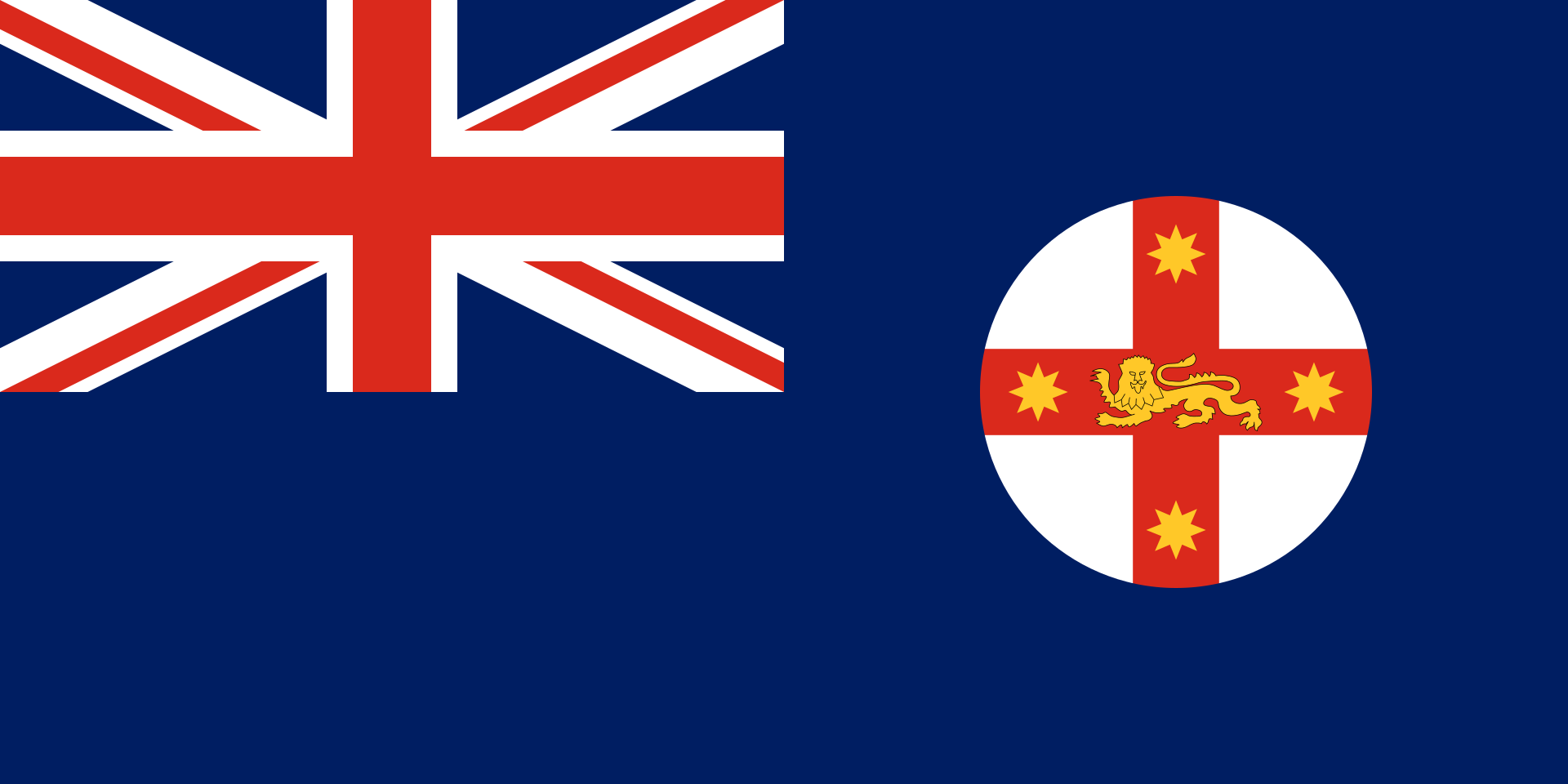 新南威尔士州
新南威尔士州


 美食家
美食家
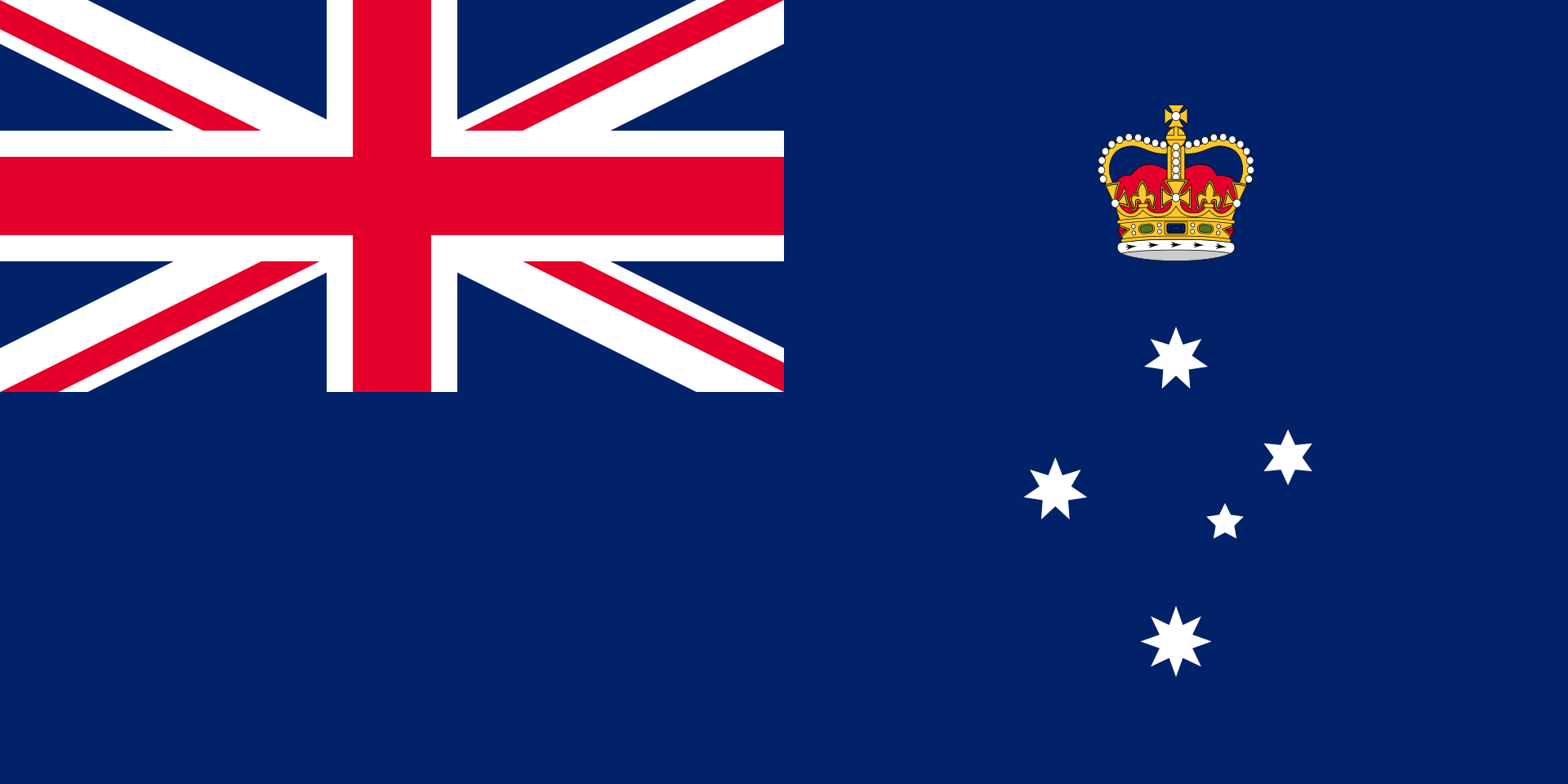 维多利亚州
维多利亚州

 财政金融
财政金融

 体育
体育
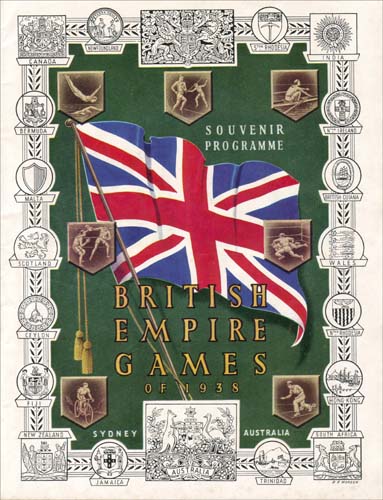
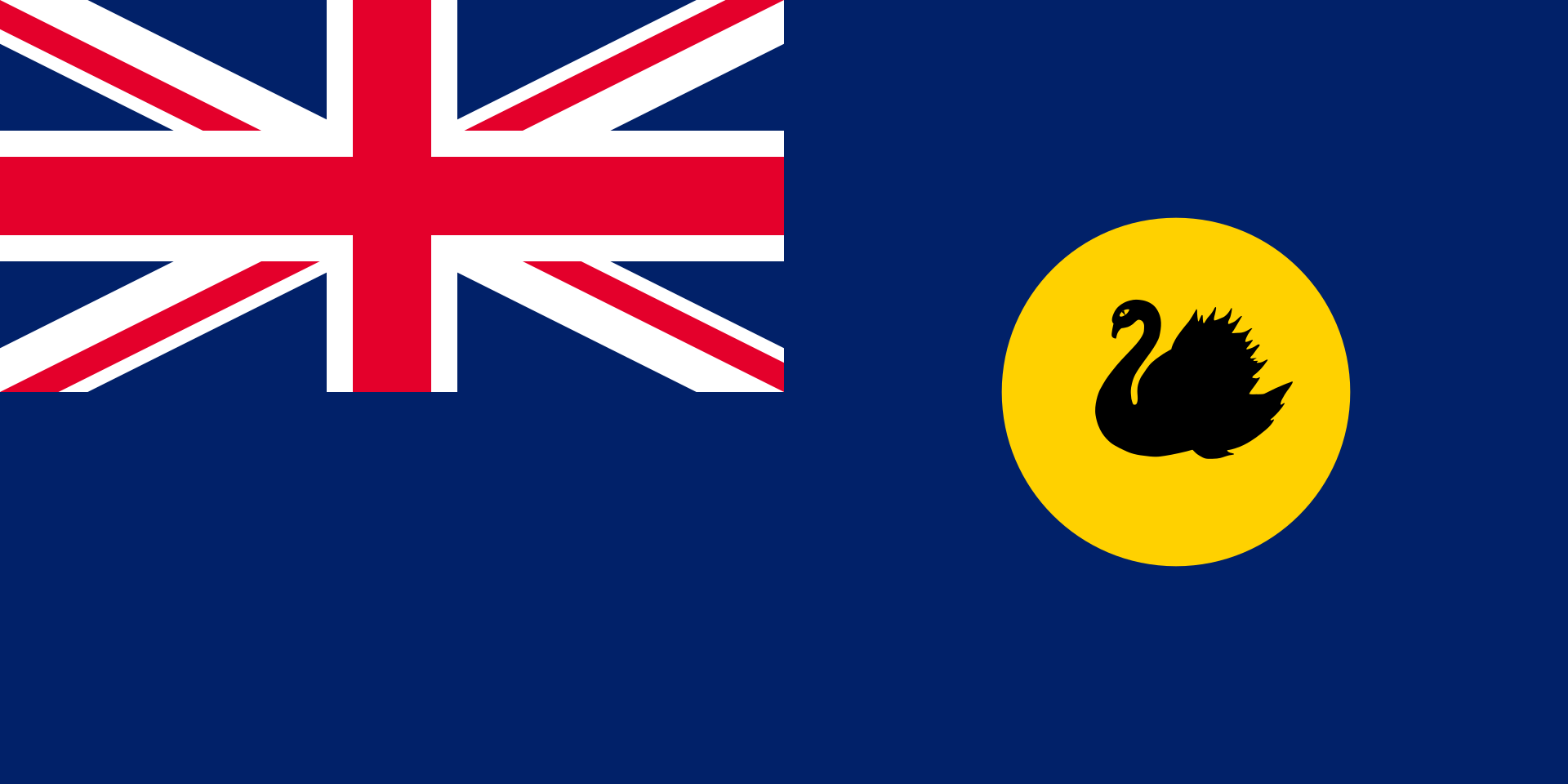 西澳大利亚州
西澳大利亚州
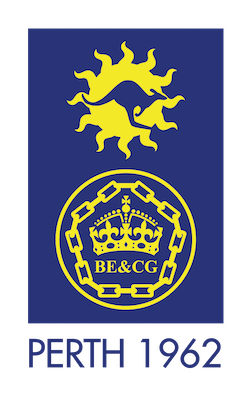
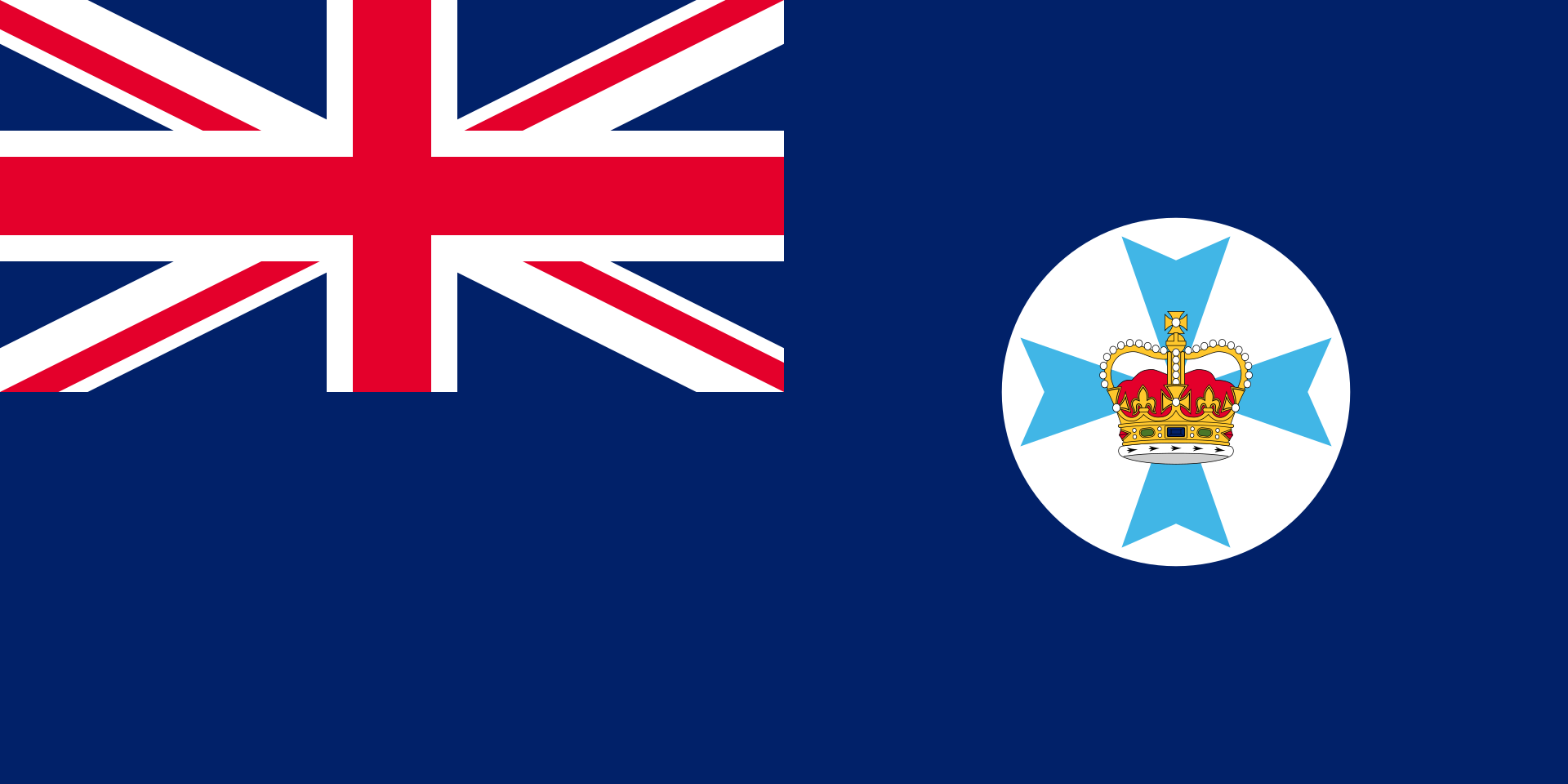 昆士兰州
昆士兰州


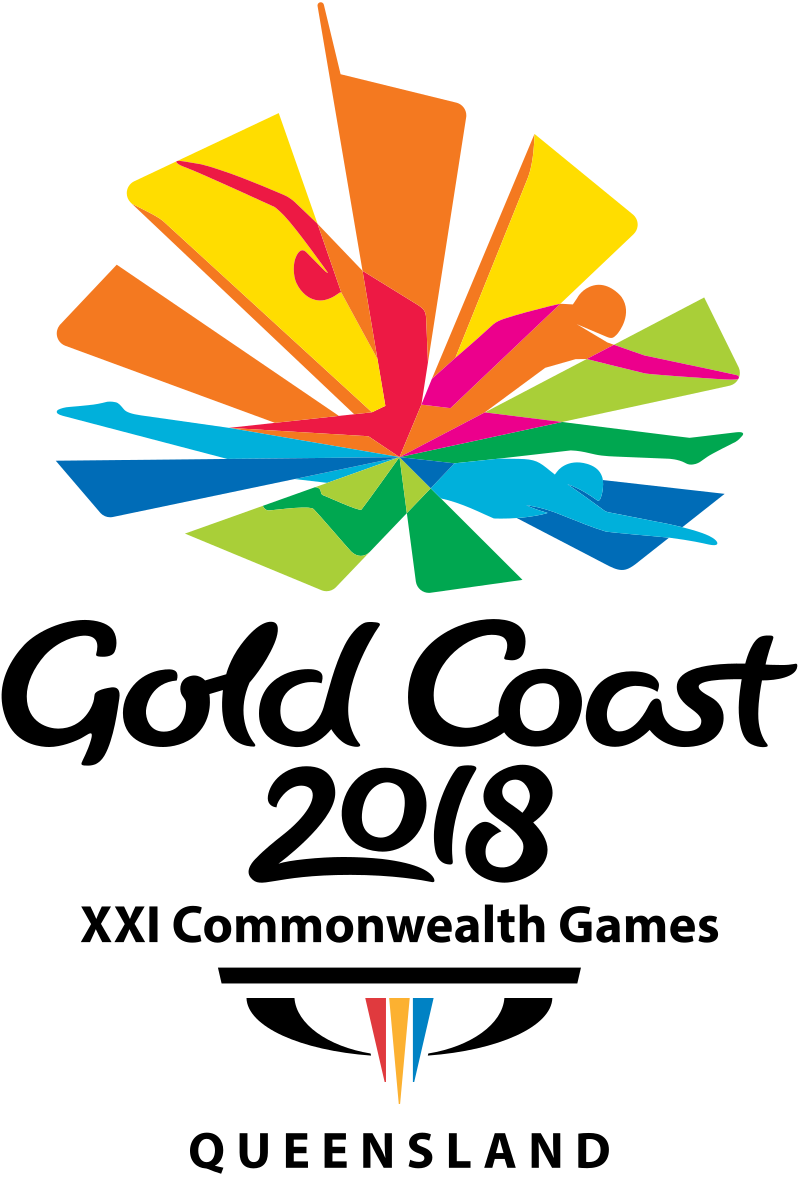
 地理
地理
 政党和政府组织
政党和政府组织
 手拉手
手拉手

